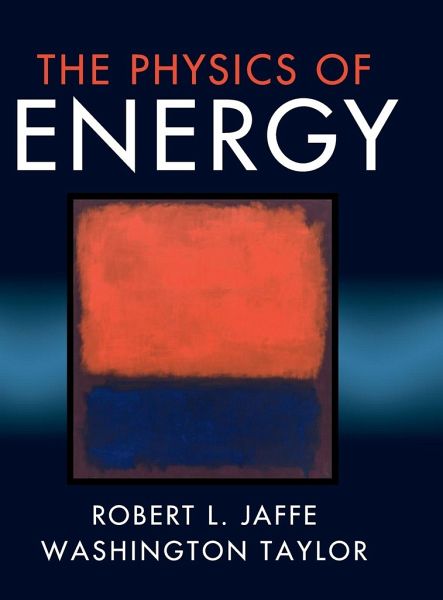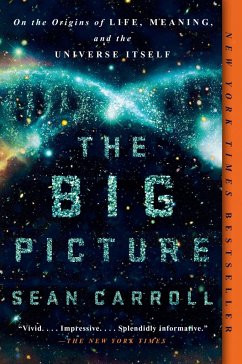
The Physics of Energy

PAYBACK Punkte
31 °P sammeln!
Aimed at students, scientists, engineers, and professionals, this definitive textbook provides an introduction to the scientific principles governing the flow of energy from sources such as solar power, wind power, nuclear power, and fossil fuels, through engines and electric grids, to end uses ranging from automobiles to air conditioners.













